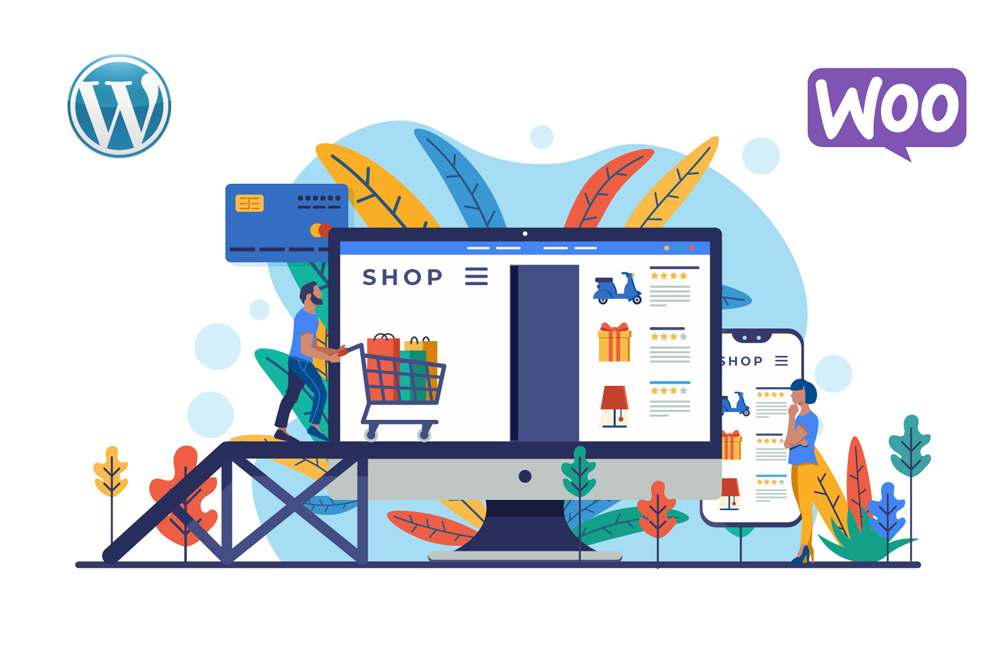
Welcome to the beginner’s guide to creating your own e-commerce store using WordPress. In this comprehensive step-by-step guide, we will walk you through the entire process of setting up your online store, from choosing the right hosting platform to customizing your store’s design and launching it to the world. Let’s dive in!
- Choose a Reliable Hosting Provider: To start your e-commerce journey, it’s important to select a reliable hosting provider that offers optimized performance, security, and scalability for your online store. Some popular hosting providers compatible with WordPress include Bluehost, SiteGround, and WP Engine. Consider factors like server uptime, customer support, and pricing options when making your choice.
- Install WordPress and WooCommerce: Once you have chosen a hosting provider, follow their instructions to install WordPress on your hosting server. After installing WordPress, you can add the powerful WooCommerce plugin to transform your website into a full-fledged e-commerce store. WooCommerce offers a user-friendly interface and a wide range of features for managing products, orders, and inventory.
- Set Up Your Store’s Appearance: Make a lasting impression on your customers with an appealing store design. Choose a WordPress theme that aligns with your brand’s aesthetics and showcases your products effectively. Customize the theme by adjusting colors, fonts, and layout to create a unique and professional look for your store. Keep in mind the importance of responsive design to ensure your store looks great on all devices.
- Configure Store Settings: Configure essential settings in WooCommerce to set up your store according to your requirements. Specify your currency, shipping options, and tax settings to accurately calculate charges for your customers. Choose and integrate payment gateways to enable secure online transactions. Popular options include PayPal, Stripe, and Authorize.Net. Check more here
- Add Products to Your Store: Now it’s time to add your products to your e-commerce store. Use WooCommerce’s intuitive product management system to create product listings, set prices, manage inventory, and assign categories. Craft compelling product descriptions, showcase high-quality images, and provide relevant details to entice customers to make a purchase. Understand how to manage products from the WooCommerce site.
- Set Up Store Pages: Create essential store pages that are crucial for a seamless shopping experience. These pages include the homepage, product pages, shopping cart, and checkout. Customize each page to reflect your branding and optimize the user flow. Incorporate clear navigation, prominent calls-to-action, and trust-building elements like customer testimonials and secure checkout badges.
- Enhance Your Store with Plugins: Extend the functionality of your e-commerce store by leveraging WordPress plugins. Install plugins that align with your business goals and improve your store’s performance. Consider SEO plugins for optimizing your store’s visibility in search engine results, social media integration plugins for seamless sharing, and email marketing plugins for customer engagement.
- Implement Security Measures: Protect your e-commerce store and customer data by implementing robust security measures. Utilize SSL certificates to enable secure connections and encrypt sensitive information during transactions. Regularly back up your website to safeguard against data loss. Stay updated with security patches and monitor for any suspicious activity or vulnerabilities.
- Optimize Your Store for SEO: Optimizing your store for search engines is essential to attract organic traffic. Conduct keyword research to identify relevant keywords for your products and optimize product descriptions, meta tags, and URLs accordingly. Create valuable and engaging content on your blog to improve search engine rankings and drive traffic to your store.
- Launch Your Store: Before launching your e-commerce store, thoroughly test its usability and responsiveness across different devices and browsers. Ensure all features and functionalities are working correctly, including product search, navigation, and checkout process. Create a pre-launch marketing plan and leverage social media platforms, email marketing, and other digital channels to promote your grand opening.
Congratulations! You have successfully set up your own e-commerce store using WordPress. By following this beginner’s guide, you are well on your way to running a successful online business. Remember to continuously optimize and update your store to provide the best possible shopping experience for your customers.
Looking to build your own e-commerce store? Let our expert team at Esourceful, Inc. help you bring your vision to life. Contact us today for a free consultation!

